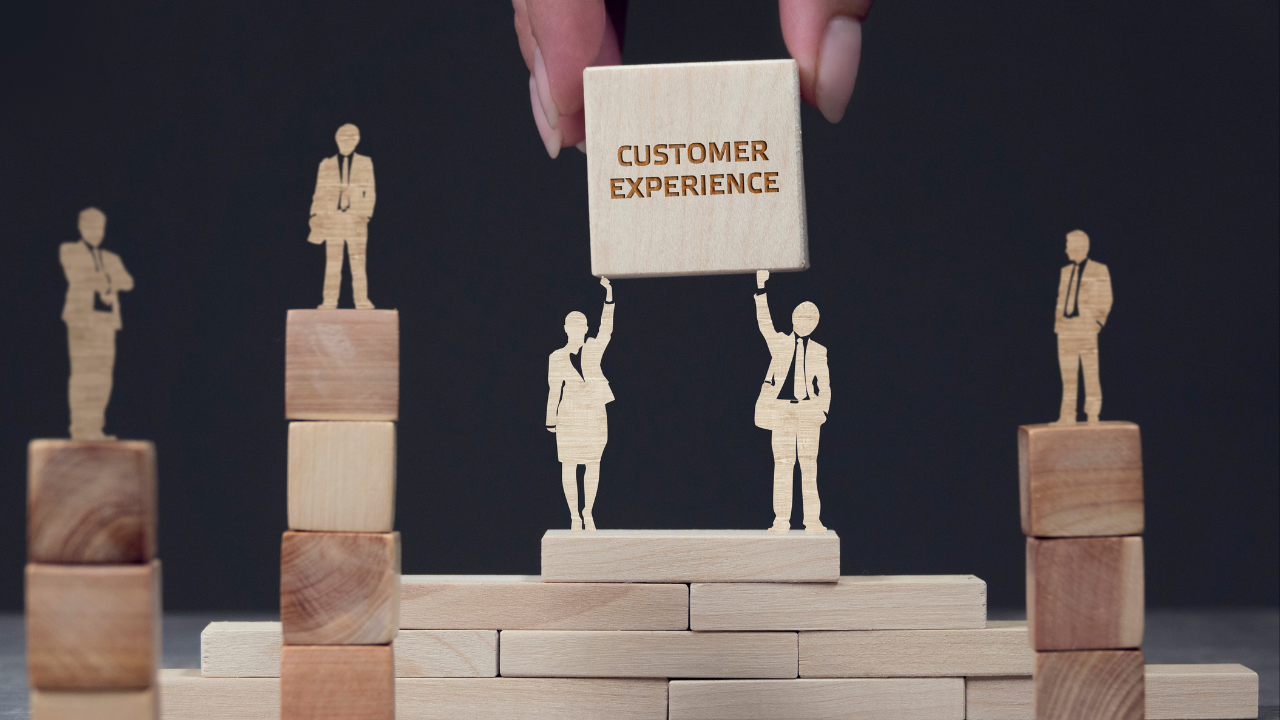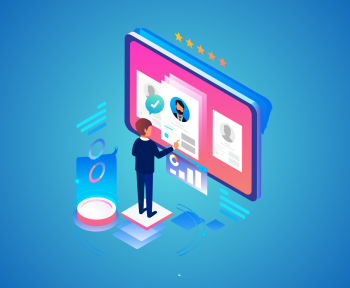As per reports by the World Bank¹, emerging markets and developing countries are expected to bear a major economic brunt of the ongoing Russia-Ukraine war. Global energy prices and commodity prices have been pushed up by ongoing conflicts. Retail inflation in India grew by a mammoth 7.8 percent² in April 2022.
To address the rising costs, the Reserve Bank of India (RBI) raised the repo rate (or borrowing rate) to 4.90 percent from a record low of 4.4³ and 4 percent. The increase has been witnessed for the first time in nearly four years. In spite of the rate hike, the inflation rate is still expected to rise⁴ to 6.7 percent for the rest of the year.
Lack of Consumer Awareness
All these compounding factors (including rising costs) have impacted consumer confidence, thereby, putting momentary brakes on their spending capacities. Easy and ubiquitous access to credit, rise of BNPL and higher penetration of digital transactions have led to huge growth in retail credit off-take. However, this is also resulting into higher default rates as the economic scenario changes.
Many Indian consumers are not aware about the implications of defaulting on loan repayments – a factor that limits their chances of securing loans easily in the future. This is one of the reasons why consumer bad debt is a burgeoning problem in India.
Banks and other lending institutions are under stress owing to the rise in Non-Performing Assets (NPAs). The NPAs in the retail segment are expected to almost double from 2.9 per cent as of FY21-end to 5.7 per cent as of FY22-end. As retail loans continue to expand, the rise the retail NPAs is likely to remain high. The recent turn-out of events reflects in a higher number of accounts turning delinquent and up for recoveries. Though the borrower’s repayment cycles might get disturbed, lenders need to execute debt collections process with an approach that does not dampen their existing rapport and reputation. It is important to have in place loan collections processes that are conducive to boost recoveries while keeping superior levels of customer experiences in loan collections.
Making a Difference with Digital
Lenders can leverage the huge potential offered by digital technologies to accelerate the transformation in collections. Sadly, the transformational customer experience is not a norm when it comes to loan recovery. Collections is still driven by manual, generalized and human effort-oriented processes, while digital and data analytics are rapidly making a mark in other business functions.
Fast adoption of digital, increasing smartphones penetration and easy access to mobile internet can help in building customer loyalty, reducing Customer Acquisition Costs, and staying ahead of the competition.
In collections, a simple timely nudge to the borrowers via a digital medium could help them prioritize the loan repayments over the other expenses.
Banks should engage effectively with their customers across the lending lifecycle including collections, as they face growing competition from other lenders – NBFCs, Digital banks, FinTech and Digital lending platforms, to ensure better brand loyalty.
Debt collections strategy where the creditor or the collections agency aggressively contacts the borrower over the phone (or email) could dampen the overall customer experience,
Lenders should use loan collections as a medium to build customer loyalty, enhance customer experience, and reduce Customer Acquisition Cost & Customer Retention Costs by building long-term rapport with the existing customer base.
The current method of loan collection is outdated, ineffective, marred with extensive manual intervention and lower resolution rates. This is where tech-based AI, and ML powered solutions could be instrumental in keeping the lender abreast about the loan repayments.
Leveraging Omni channel Communication
There is a lesser probability of defaulting on payments if borrowers are sent timely reminders (or nudges) regarding the upcoming payments. With the rapid proliferation of mobile phones and mobile internet, loan collectors must leverage the mobile medium for keeping borrowers abreast about their payments.
Depending on the preferred mode of communication, borrowers can be sent nudges via SMS, WhatsApp, or voice messages, among others. Voice messages can be a de facto communication mode for feature phone users.
Reduce the friction
Credgenics provides the technology stack to lenders through which they can minimize the friction between the lender and borrower. Credgenics takes the customer experience in loan collections to a whole new level, as it follows a logical approach towards customer segmentation, delivers a personalized communications strategy, provides a unique mix of digital channels and gives a real-time updated view of customer / account status.
With a comprehensive technology platform such as Credgenics, human intervention in loan collections become minimal and can be used as required to optimize the overall approach. Effective use of data and process automation helps lenders curb future loan losses through early warning signals, monitored curing strategies, early identification of likely to be stressed accounts and a proactive collections approach. By embracing advanced technologies in collections, lenders can reap the true benefits of digitization and improve customer experiences.
Even in case of on-field loan collection agents, the work can be made more productive and efficient by using the Credgenics CG Collect mobile app. The app is equipped with powerful features like integrated in-app calling, dashboards, smart route planning, geo-tagging and geo- fencing.
Technology is a key ally for banks, non-banking finance companies, and digital lending firms, whereby they can enhance the overall loan collections experience and minimize the customer retention cost.
Banks cannot afford to delay their digital transformation efforts in retail collections. To address the competition, retain their customers, and protect their bottom line, banks and other lenders need to start adopting a more customer-oriented collections strategy. It will provide multiple benefits, including higher collections, reduction in operational costs, and stronger long-term customer loyalty and experiences.
References:
- https://www.worldbank.org/en/news/press-release/2022/04/10/russian-invasion-to-shrink-ukraine-economy-by-45-percent-this-year
- https://indianexpress.com/article/explained/rising-inflation-cause-effect-explained-7915202/
- https://theprint.in/economy/rbi-raises-repo-rate-to-4-4-on-elevated-inflation-outlook-governor-cites-global-price-shocks/942085/
- https://economictimes.indiatimes.com/news/economy/policy/rbi-hikes-rates-by-50-bps/articleshow/92072855.cms
Author- Rishabh Goel, Co-Founder & CEO, Credgenics





